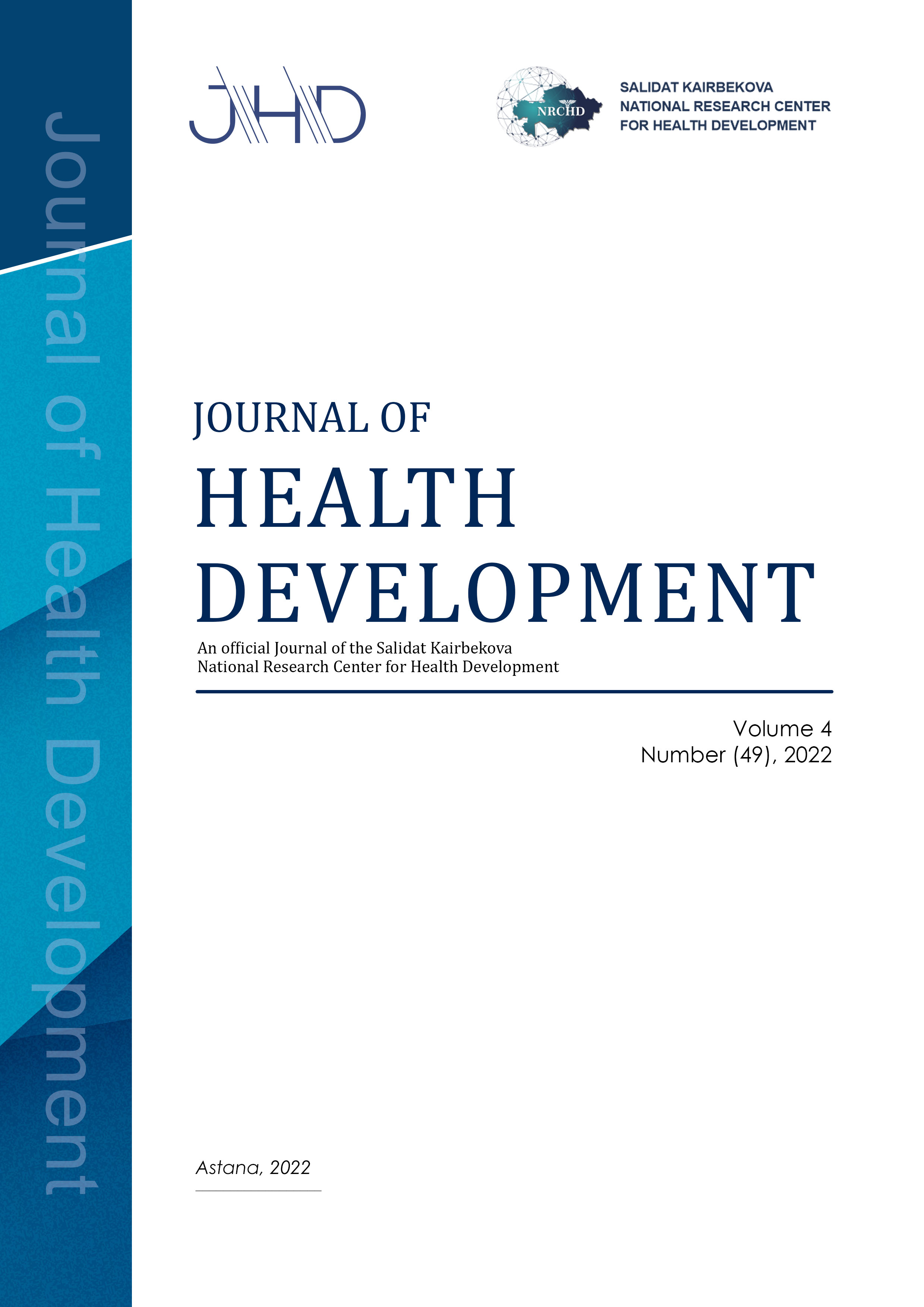Анализ оснащенности школьных медицинских кабинетов в разрезе исследуемых регионов в Республике Казахстан
Ключевые слова:
медицинские услуги, укрепление здоровья в школах, школьные услуги, школьное здоровьеАннотация
Актуальность. В Европейском регионе доля детей, посещающих школу, составляет почти 100%, и школа предоставляет уникальную возможность охватить практически всю популяцию детей и подростков школьного возраста вне зависимости от их социально-экономического статуса. Предоставляя равный доступ к возможностям в сфере укрепления здоровья, профилактической
медицинской помощи и наблюдению за состоянием здоровья, ростом и развитием, школьные службы здравоохранения вносят
существенный вклад в достижение социальной справедливости путём оптимизации здравоохранения и улучшения образования, и,
следовательно, повышают академическую успеваемость всех детей и подростков.
По данным Всемирного банка глобальные показатели охвата начальным образованием в мире составляют 89%.
Учреждения образования являются уникальной платформой для реализации долгосрочных и масштабных программ по охране здоровья детей и подростков. Таким образом, школьная система здравоохранения может быть институциональным способом покрытия медицинских потребностей большинства детей школьного возраста и подростков на ежедневной основе.
Цель. Анализ направлен на оценку оснащенности медицинских кабинетов в школах Казахстана для оказания требуемой помощи учащимся.
Методы. Проведен анализ медицинских кабинетов 10 школ в г. Астана, Акмолинской области, Кызылординской области, Восточно-Казахстанская области, Атырауской области.
Результаты. Доля медицинских пунктов, соответствующих санитарно-эпидемиологическим требованиям по стране,
составляет 85,5%. В г. Астана доля медицинских кабинетов, соответствующих требованиями санитарно-эпидемиологических норм, составляет 99,1%. Показатели соответствия санитарно-эпидемиологическим требованиям медицинских кабинетов в Восточно-Казахстанской (84,6%) и Атырауской (80,4%) областях оказались ниже республиканского значения (14).
Выводы. В системе здравоохранения существуют санитарно-гигиенические нормы, предъявляемые организациям образования в отношении освещения, вентиляции, отопления, размеров и местонахождения, и нормы соблюдаются на большей части территории страны.
Скачивания
Загрузки
Опубликован
Выпуск
Раздел
Лицензия
Copyright (c) 2023 Journal of Health Development

Это произведение доступно по лицензии Creative Commons «Attribution» («Атрибуция») 4.0 Всемирная.











